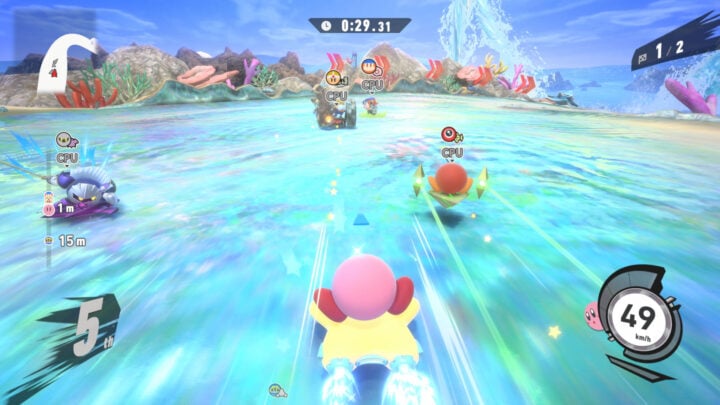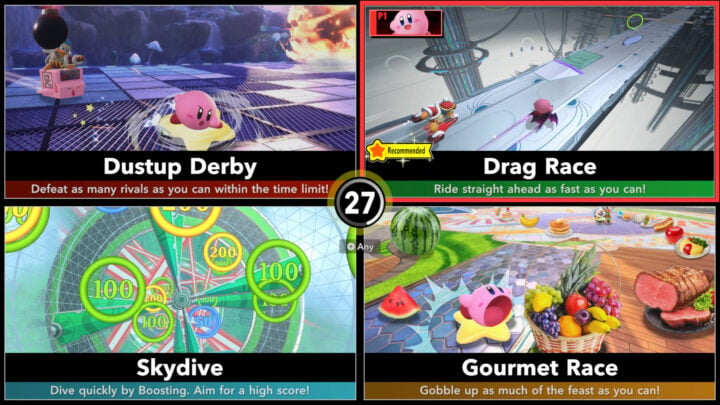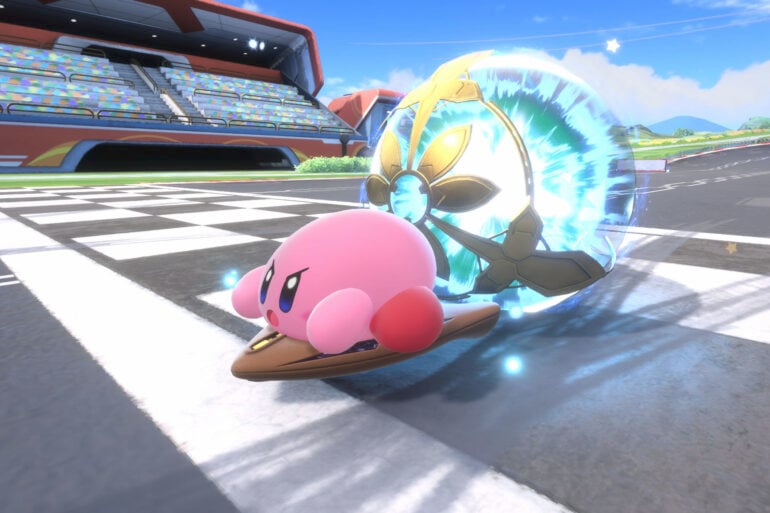When I rented Kirby Air Ride on GameCube back in the day — the likes of Blockbuster, Video Ezy, and Civic Video were still a thing — I grew bored of it before the short rental period expired. That Nintendo would bring the pink puffball’s racing spin-off back with a new Switch 2 entry took me by surprise. I’m happy for all the people excited for Kirby Air Riders; I just wish I shared their enthusiasm.
Of what I can recall from playing Kirby Air Ride, it contained all the cutesy charm you’d expect of a Kirby game. Its simple controls were easy to pick up, and the racing was fun enough. But there just wasn’t enough to do.
A limited number of relatively short tracks and its repetitive City Trial mode meant that the GameCube title quickly lost its novelty, particularly for solo players. One thing it had going for it was the directorship of Masahiro Sakurai. Kirby’s creator, who also led the Super Smash Bros. series, knows how to make games that feel great to play.
I played a Kirby Air Riders demo at PAX Aus recently. It was fun and looked a treat, but I couldn’t shake the nagging feeling that I’d quickly lose interest over time. Still, I clung to the teaser at the end of a Nintendo Direct in August that hinted at another game mode. Could it be something that rivals the Subspace Emissary or World of Light modes in Smash Bros?
Cue a follow-up 60-minute Nintendo Direct led by Sakurai himself.
Kirby Air Riders goes on a Road Trip
Sakurai revealed a new mode called Road Trip, without giving too much away. Combining all of the previously shown modes, it weaves in a story explaining why Kirby and his chums are racing around. Whether it’s greater than the sum of its parts remains to be seen.
When I played the Kirby Air Riders demo, I loved the races. Vehicles accelerate automatically, leaving you to focus on steering, gliding, and drifting around corners. Drifting is the good stuff; a single button press stops the vehicle on a dime, so you can quickly turn and then boost out of a corner.

Weird and wacky power-ups aside, the bulk of the strategy comes from finding the best approach angle for each corner and nailing each drift. Sort of like real racing, if you drove Warp Stars instead of cars. You don’t want to go too wide and lose speed, nor do you want to be narrow and miss the full impact of a boost.
Kirby Air Riders isn’t a particularly fast racing game, but it does produce a satisfying approximation of speed. Each drift draws the camera closer, before it sharply punches out as soon as you activate a boost. There’s no denying it looks and feels cool to pull off.
Most races are all over in less than two minutes, though, leaving City Trial as the main mode for longer sessions. This was the mode I disliked the most in the original Kirby Air Ride; five minutes of accumulating power-ups within a confined space for a blink-and-you’ll-miss-it showdown at the end wasn’t my idea of a good time.

In the Kirby Air Riders demo, City Trial took place on a bigger and prettier map. However, it was incredibly cluttered at times, making it tricky to parse the action. Ironically, one power-up I gained made me zoom faster than in any of the races I played, which was ill-suited to the City Trial confines, making the action near-indecipherable.
Yet, I love Kirby and think there’s the crux of a good game here. Between all the many collectibles, gummies, and challenges shown in the latest Direct, I hope Kirby Air Riders saves its best for when it launches on 20 November.








